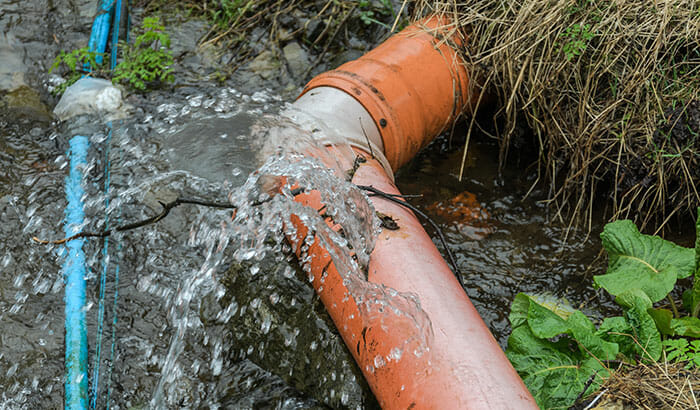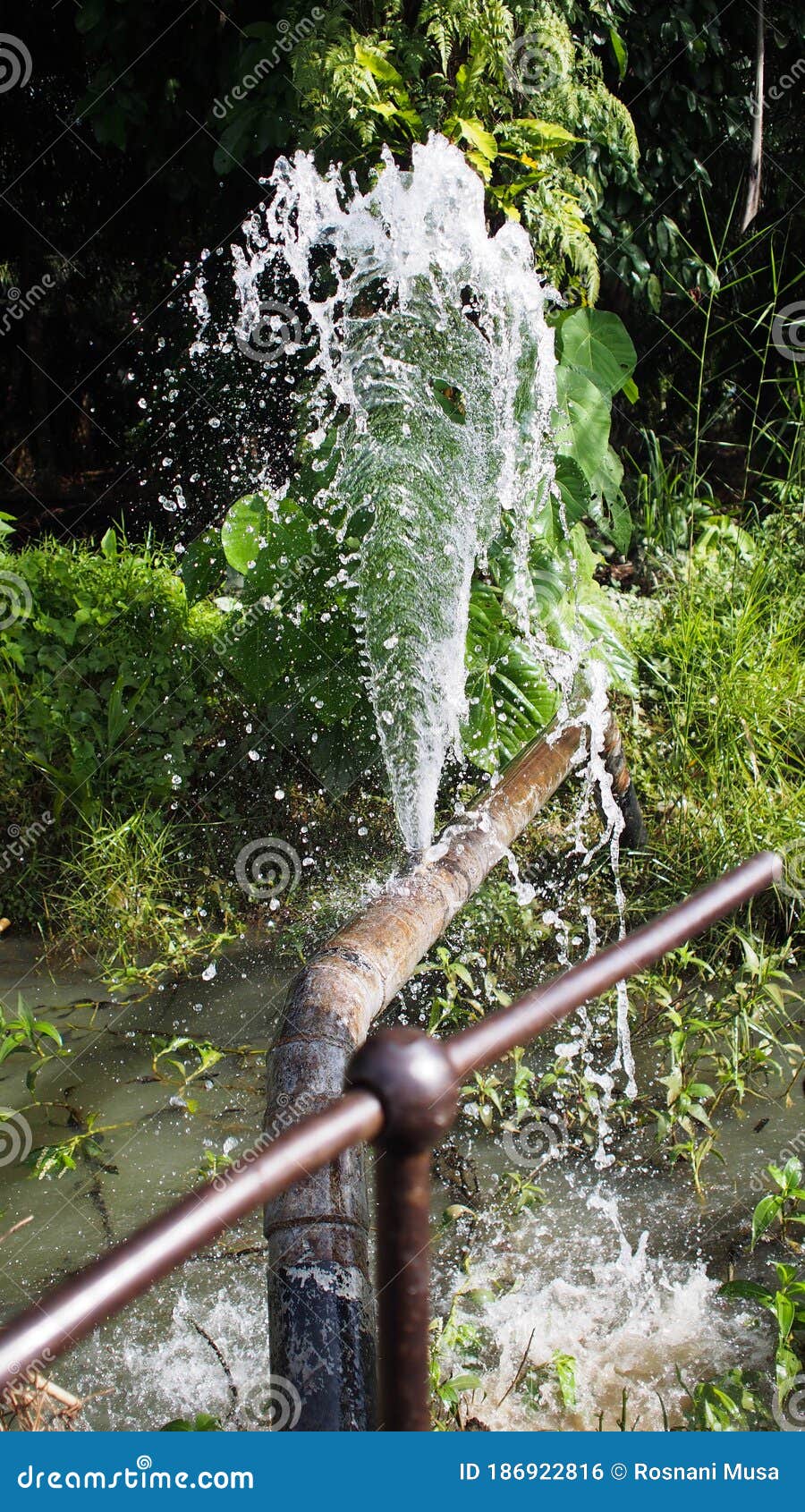How to Handle a Burst Pipe: Essential Steps for Immediate Action
Wiki Article
Protecting Against Burst Water Lines: Important Tips to Safeguard Your Pipes
Stopping ruptured pipelines is an essential worry for house owners, particularly during cooler months when the risk of cold is enhanced. Applying critical measures such as appropriate insulation, routine assessments, and preserving constant indoor temperatures can considerably decrease the likelihood of pipe failure. Furthermore, comprehending emergency situation treatments outfits homeowners to respond quickly to possible pipes concerns. However, numerous are unaware of the certain susceptabilities that their pipelines might encounter. Checking out these susceptabilities can give very useful insights into protecting your plumbing system effectively.Understand Pipeline Vulnerabilities
Understanding pipe susceptabilities is essential for effective pipes upkeep and protecting against pricey damage. Numerous factors add to the sensitivity of pipes to bursts, including material composition, age, and ecological conditions. Older pipes, especially those made from galvanized steel or polybutylene, typically deteriorate with time, leading to enhanced danger of leaks and ruptures.Temperature variations can likewise substantially impact pipeline stability. In cooler environments, water trapped in pipes can ice up, increasing and exerting pressure on the pipeline walls, which might inevitably lead to a ruptured. Moreover, high water stress can strain pipelines, particularly at bends and joints, heightening the probability of failure.

Insulate Piping Appropriately
Correct insulation of pipelines is critical for protecting against cold and subsequent ruptureds throughout winter (burst pipe). Insulating your plumbing system properly safeguards versus temperature drops that can result in expensive damage. Begin by identifying susceptible areas where pipelines are exposed to outdoor temperatures, such as basements, attic rooms, and exterior wall surfacesUsage foam pipe insulation sleeves or wrap insulation tape around these locations to give a protective obstacle. Guarantee that all areas of the pipelines, particularly those with minimal heat exposure, receive ample insulation. Pay unique focus to joints and fittings, as these are much more at risk to cold.
When insulating, it's important to select products that fulfill regional building ordinance and are appropriate for the certain atmosphere. Fiberglass insulation is frequently recommended for its thermal resistance buildings. Furthermore, consider making use of heat wires or tape in severe problems, which can be plugged in to offer supplemental heat
Regularly examine insulated pipelines for any signs of wear or damages, as endangered insulation can reduce its effectiveness. By taking these aggressive procedures, you significantly minimize the risk of pipeline ruptureds, making certain a trustworthy plumbing system throughout the cold weather.
Maintain Regular Temperature Level
A steady interior temperature level is crucial for preventing burst pipes throughout the frigid months. When temperature levels drop, water within pipelines view it can ice up, developing and increasing stress that may eventually trigger the pipes to burst.Utilizing a programmable thermostat can help handle indoor temperatures efficiently, guaranteeing that rooms with pipes stay cozy also when the house is empty.This small flow of water can protect against freezing by easing pressure within the pipes. By carrying out these approaches, property owners can substantially reduce the risk of pipe bursts and secure their plumbing systems versus the rough winter season components.
Frequently Examine Plumbing
Routine inspections of plumbing systems are vital for protecting against ruptured pipelines and preserving overall home honesty. During these inspections, it is important to examine visible pipes for signs of corrosion, leaks, or wear.Additionally, inspecting joints and connections is vital, as these points are frequently at risk to leakages. Home owners need to likewise examine water stress levels, as excessive pressure can stress the plumbing system and enhance the risk of pipeline bursts.
Take into consideration organizing professional pipes evaluations at the very least once a year, particularly before winter season, to guarantee your system is prepared for cooler temperatures. By being positive in your approach, you can secure your home versus the costly and turbulent effects of ruptured pipes.
Know Emergency Situation Treatments
Comprehending emergency treatments is crucial for every single homeowner, especially after conducting routine plumbing evaluations. Being planned for a plumbing emergency can considerably mitigate damage and conserve prices. Situate your main water shut-off valve; it is normally located near the water meter or where the main line enters your home. Familiarize yourself with its operation, as shutting down the water system rapidly can avoid comprehensive flooding.
Following, maintain essential tools convenient. A pipes emergency kit need to consist of a wrench, plunger, and towels, along with a flashlight and a pail for little leaks. In addition, think about having the call information for a trusted plumbing technician conveniently offered, ought to the circumstance rise past your control.
If you spot a leak or burst pipe, immediately switch off the water and inform your plumbing technician. Record the damage with photos for insurance functions. Be aware of their explanation the signs of potential pipes issues, such as unusual water pressure variations or damp areas on wall link surfaces
Ultimately, proactive knowledge and swift activity are critical in managing pipes emergency situations, ensuring your home continues to be secured and lessening possible damages.

Final Thought
To conclude, protecting against ruptured pipes demands a complex method that consists of understanding pipe vulnerabilities, correct insulation, keeping constant interior temperatures, normal evaluations, and knowledge of emergency situation treatments. By applying these crucial approaches, the danger of plumbing failings can be dramatically lowered, thereby making certain the longevity and efficiency of the pipes system. Proactive measures not just protect versus prospective damage yet also add to total water preservation and the security of property.In chillier environments, water entraped in pipes can freeze, increasing and putting in stress on the pipe wall surfaces, which may eventually lead to a ruptured. When temperatures decrease, water within pipes can freeze, broadening and creating pressure that may eventually trigger the pipelines to ruptured. By carrying out these approaches, property owners can considerably minimize the danger of pipe bursts and safeguard their pipes systems versus the rough winter months components.

Report this wiki page